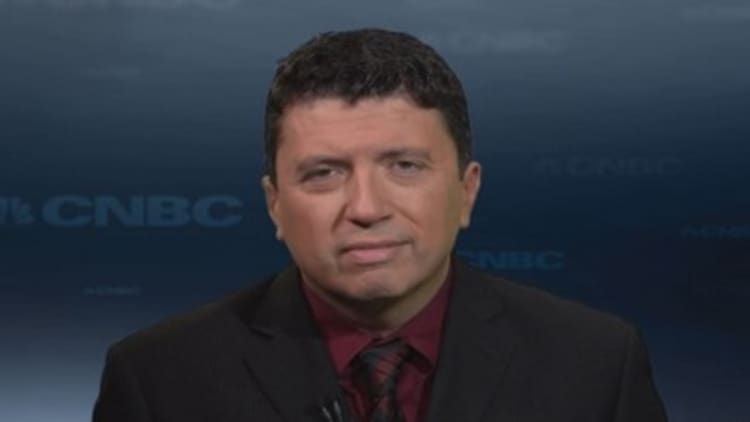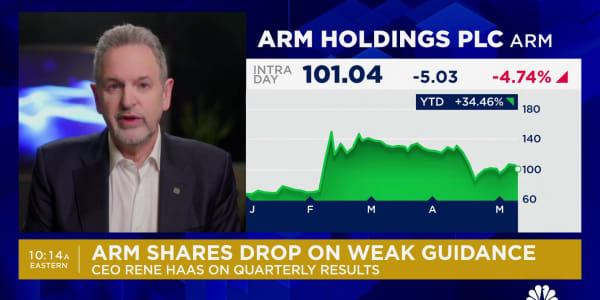
The aggressive market rally of 2013 might look like it's starting to run out of steam, but history says there could be some fuel left in the tank yet.
While there remains any number of headwinds, past behavior at least suggests such a hard-charging run doesn't necessarily signal a spent market. The average next-year return for the S&P 500 when it gains more than 20 percent is still about half that, according to historical data from S&P Capital IQ.
"Good years tend to follow great years," said Sam Stovall, chief equity strategist at S&P Capital IQ.
Since World War II, the market index has seen 18 annual gains of more than 20 percent.
In the years immediately following, the market rose an average of 10 percent and posted gains 78 percent of the time. That compares favorably to the historical annual rise of 8.4 percent and a 70 percent frequency of positive years.
(Read more: Bubble? What bubble? It's hard to find one yet)
The S&P 500 has rallied 26.5 percent in 2013 and has not had a single correction—defined as a drop of 10 percent or more—despite facing numerous challenges.
As the year comes to a close, though, multiple market strategists have issued warnings that the market is overheated and susceptible to a sharp retreat. Goldman Sachs became the latest over the weekend, noting that the market appears close to fairly valued and could be in for a 10 percent or so pullback.
Market research firm TrimTabs called the S&P 500 "very overpriced" while earnings and revenue growth "are low" and the economy "is basically stalling."
(Read more: Slowdown ahead? Economists trim US growth forecasts)
Yet the firm said no major retreats are in sight.
"We expect the U.S. stock market party to keep right on rolling through the holiday season," CEO David Santschi said in the firm's weekly market analysis. "We want to be absolutely clear that we are not upbeat because of favorable fundamentals or healthy economic growth. ... We are bullish because of one thing—liquidity."
The Federal Reserve has been pumping $85 billion each month in purchases of Treasurys and mortgage-backed securities. While investors anticipate the central bank by March will begin reducing that total, the purchases likely will continue through most of 2014.
Meantime, companies have been using low interest rates and the favorable liquidity climate to buy up their own shares, snapping up $24.4 billion last week, the most in more than two months, TrimTabs reported.
(Read more: There's a long way to go before Fed raises rates)
Craig W. Johnson, technical market strategist at Piper Jaffray, has been perhaps the most bullish Wall Street pro this year, putting a 1,850 target on the S&P 500 early on and not wavering despite the comparative caution from his peers.
Johnson said in a note Monday that he's sticking with that price, which would represent a 2.5 percent advance from current levels, and is holding tight to his projection of 2,000 in 2014 for a market that has set 37 new closing highs this year.
"Despite these new records sentiment toward this bull market remains subdued and investors seem uncommitted to this advance," he said. "We reiterate our belief that the great equity rotation, which we first discussed in August of 2012, is unfolding and there is no alternative to equities."
None of this means, of course, that there still can't be a substantial pullback, and if it comes strategists expect it to be sooner rather than later.
(Read more: Dow 18,000 fair value on forward earnings: Siegel)
The market has showed a stunning propensity to shake off headline risk this year, but there are always the unknowns out there that could yet rattle a toppy market.
S&P's Stovall listed a handful of "black swan" events such as natural disasters and terror attacks, as well as Washington dysfunction and stretched profit margins as potential stumbling blocks.
"A boxer is rarely felled by the punch he expects," he said. "We have a variety of headwinds out there,"
—By CNBC's Jeff Cox. Follow him on Twitter @JeffCoxCNBCcom.






